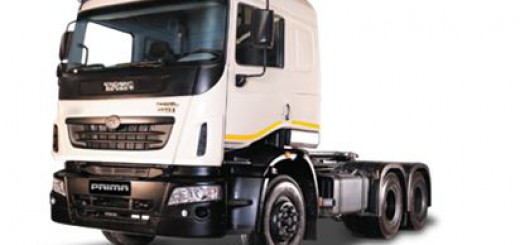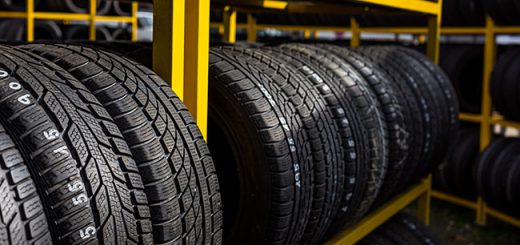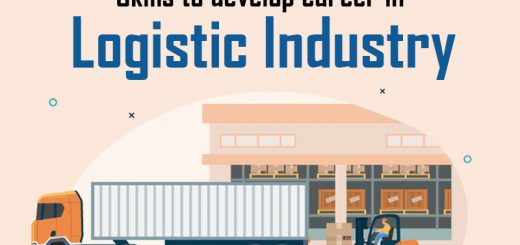Towards sustainable transport solutions on four wheels
India is set to add over 300 million inhabitants to its cities by 2030; add 500 million internet users to the world over the next few years; and grow at 7%-plus GDP year-on-year for the foreseeable future. As the country gears up for the same, it has a unique opportunity and also a duty to ensure that it does so in a manner that not only improves the quality of lives of its citizens from a financial perspective but also on multiple parameters. India, definitely, would not want to end up like China, with constant smog enveloping its mega cities due to unbridled industrialisation over the past few decades.
Unfortunately, Indian cities have already become synonymous with congestion, noise and air pollution. According to the WHO Global Status Report on Road Safety 2013, each year as many as 135,000 people die in road accidents in the country. According to the World Resources Institute, India currently has 120 million vehicles and growing. A Lancet report noted that, in 2010, air pollution contributed to more than 620,000 premature deaths. In fact, urban transport’s energy use and greenhouse gas (GHG) emissions are set to increase seven-fold over the next 20 years.
Fortunately, India is working on its urban renewal mission. With programmes such as Make-in-India, housing for all by 2022, smart cities, bullet trains and plans for relying more and more on renewable energy, the country is in a position to leapfrog many others in these spheres. In fact, sustainable and ecofriendly technology is fast approaching or has already approached parity in terms of conventional solutions. We can now, for example, realistically think of solar and wind energy as substitutes for traditional coal-based energy sources.
Investments to improve urban transport have centred mostly on moving vehicles farther and faster, largely by increasing road space. Urban development planning is often characterised by separation of land uses, such as residential from commercial.
These two trends shunt growth to a city’s periphery and reduce density, leading to urban sprawl and increased trip lengths. Such policies also make it difficult and expensive to develop public transport networks with quality service and wide coverage. The result is a cityscape where personalised vehicles are the only convenient option.
Clearly, building more roads is not the answer. Indian cities will need to invest in public transport, with a priority on city bus services integrated with other transit modes, as well as pedestrian and cycling networks to encourage non-motorised transport. Indian cities will also need to actively manage their growth and development patterns in order to facilitate and reinforce the advantages of sustainable transport modes.
Along with the emphasis on public transport, we need to pay attention to GHG emission levels. It is important to promote and take advantage of cutting-edge technologies that can help drive a significant cut in GHG emissions.
These technologies have existed for a while and are mature enough to compete with conventional technologies purely from a financial perspective. For example, Scania, a provider of sustainable transport solutions, has been putting ethanol and gas-powered vehicles on the roads globally for 30 years.
Three key elements need to come together for making logistics and mobility on four wheels sustainable. One, local leadership and visionary national policies. Two, global commitments across countries to significantly invest time, effort and money into such policies. Three, cutting-edge technology and vehicle innovation as a technology enabler, when combined with highly developed driving skills, higher payloads, longer trailers, smarter logistics planning and use of renewable fuels, can enable sustainable transport solutions.
Many of the world’s cities in emerging markets such as Cape Town in South Africa, Guayaquil in Ecuador, Guatemala City, Belo Horizonte and Recife in Brazil, and Bogota in Colombia are choosing bus systems to ensure sustainable mobility.
These challenges require much more than a technical fix; they are also about changing mindsets. Achieving the same demands a deep understanding of the challenges of urbanisation and their impact on societies, economies and the environment. It also requires successful cooperation among a wide variety of stakeholders to make bus transport solutions an attractive and viable alternative.
In summary, making logistics and mobility sustainable is one of the greatest challenges facing the world. Tomorrow’s economic growth and the sustainable cities of the future depend on how efficiently we tackle climate change, human development and resource scarcity in transport systems today.




Recent Comments